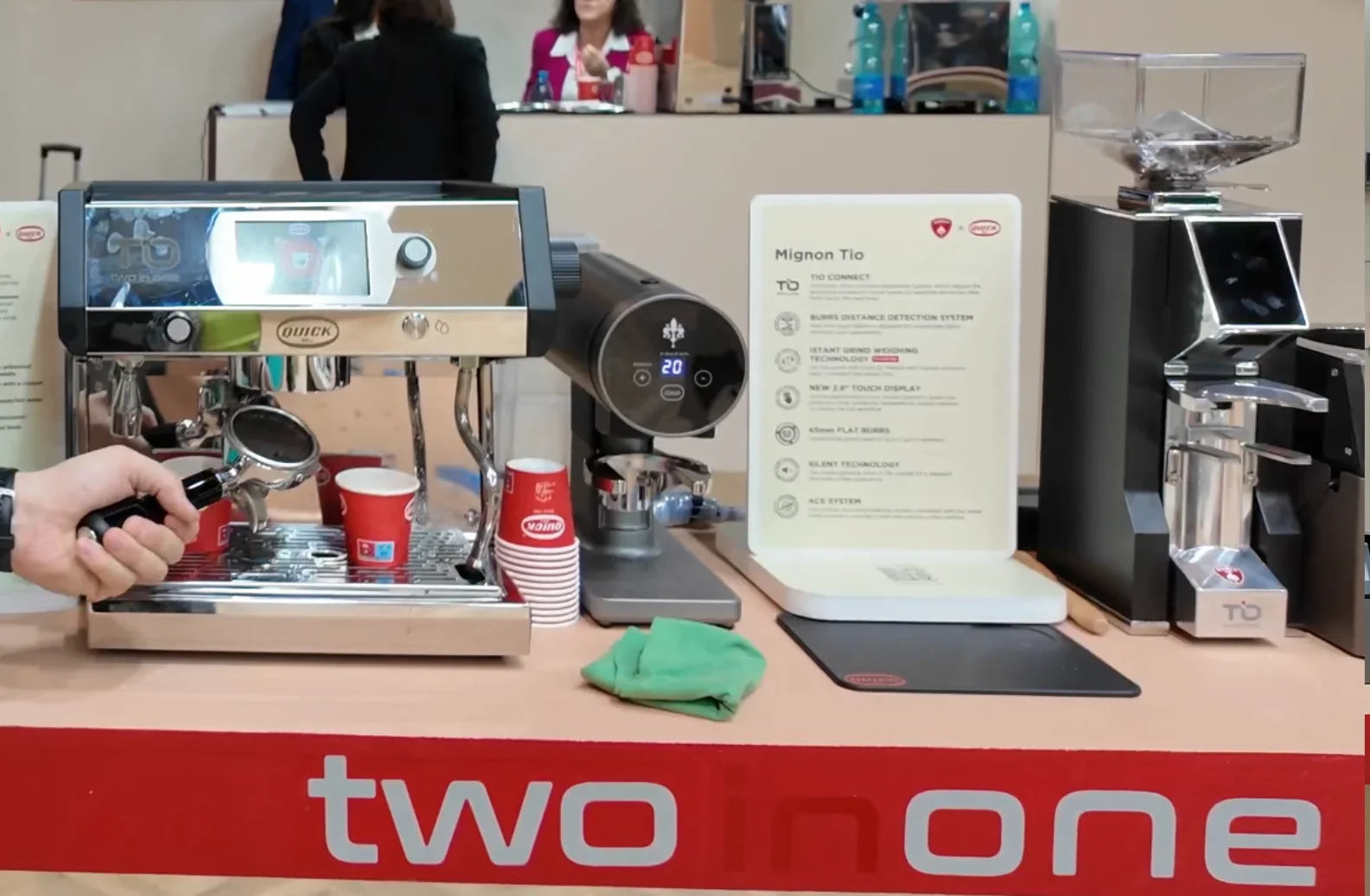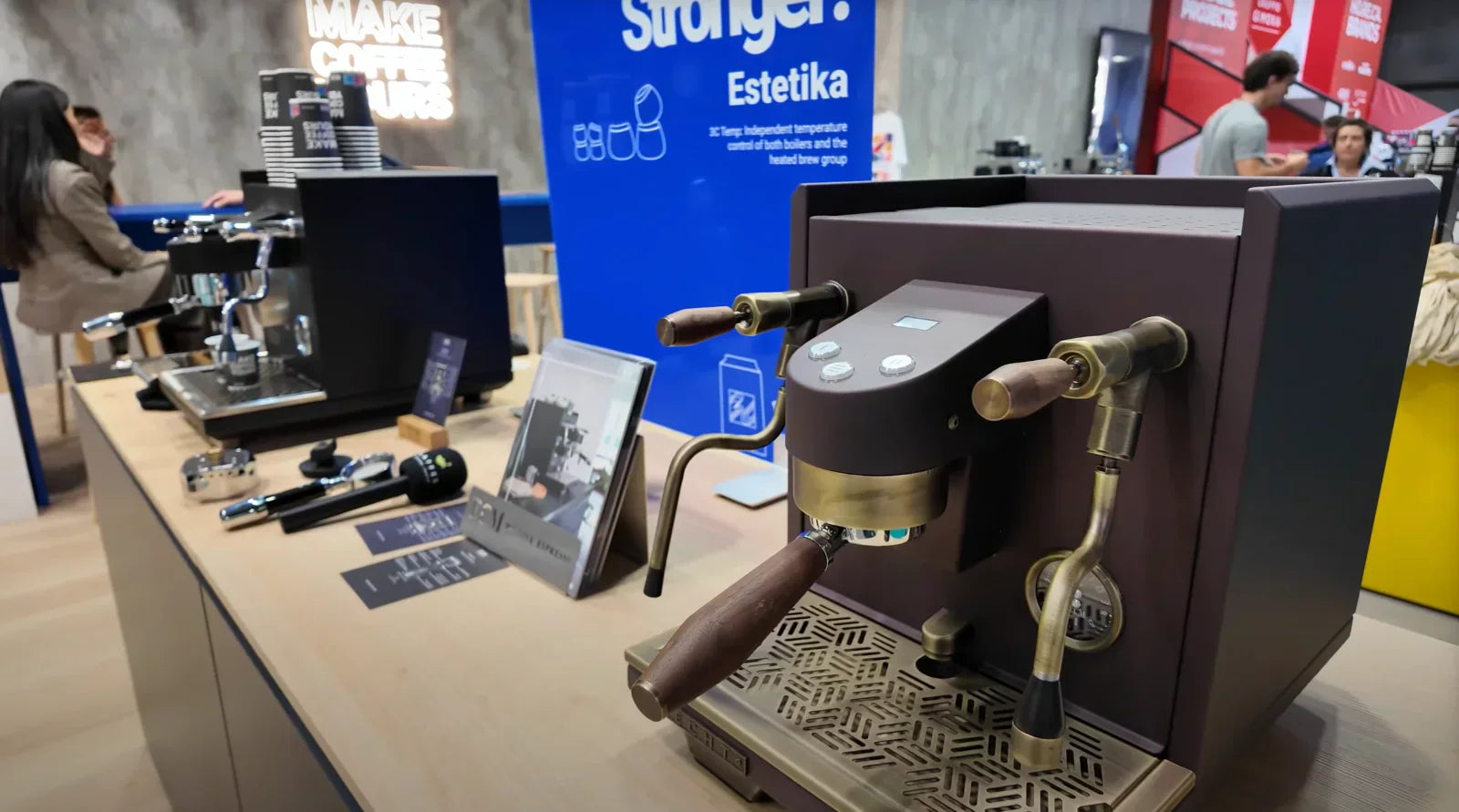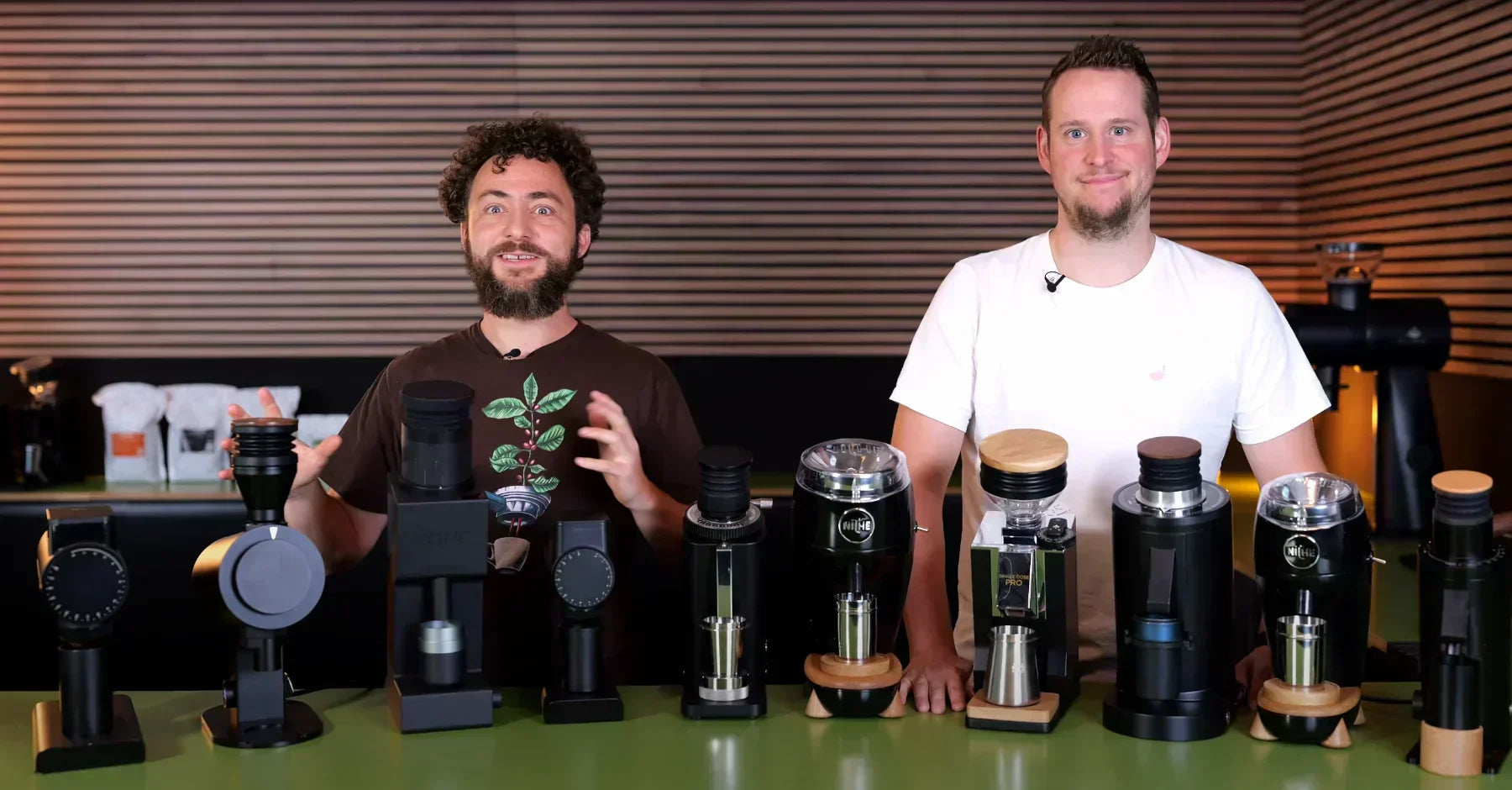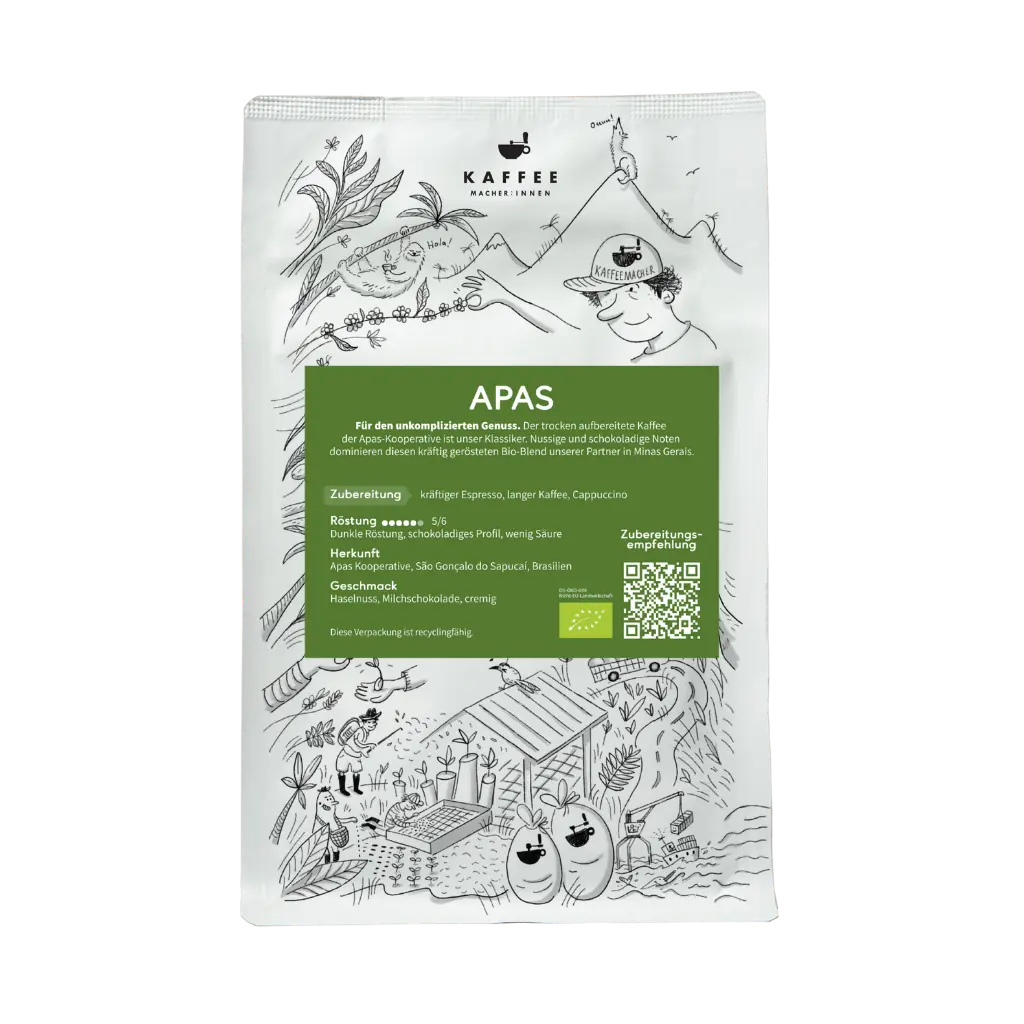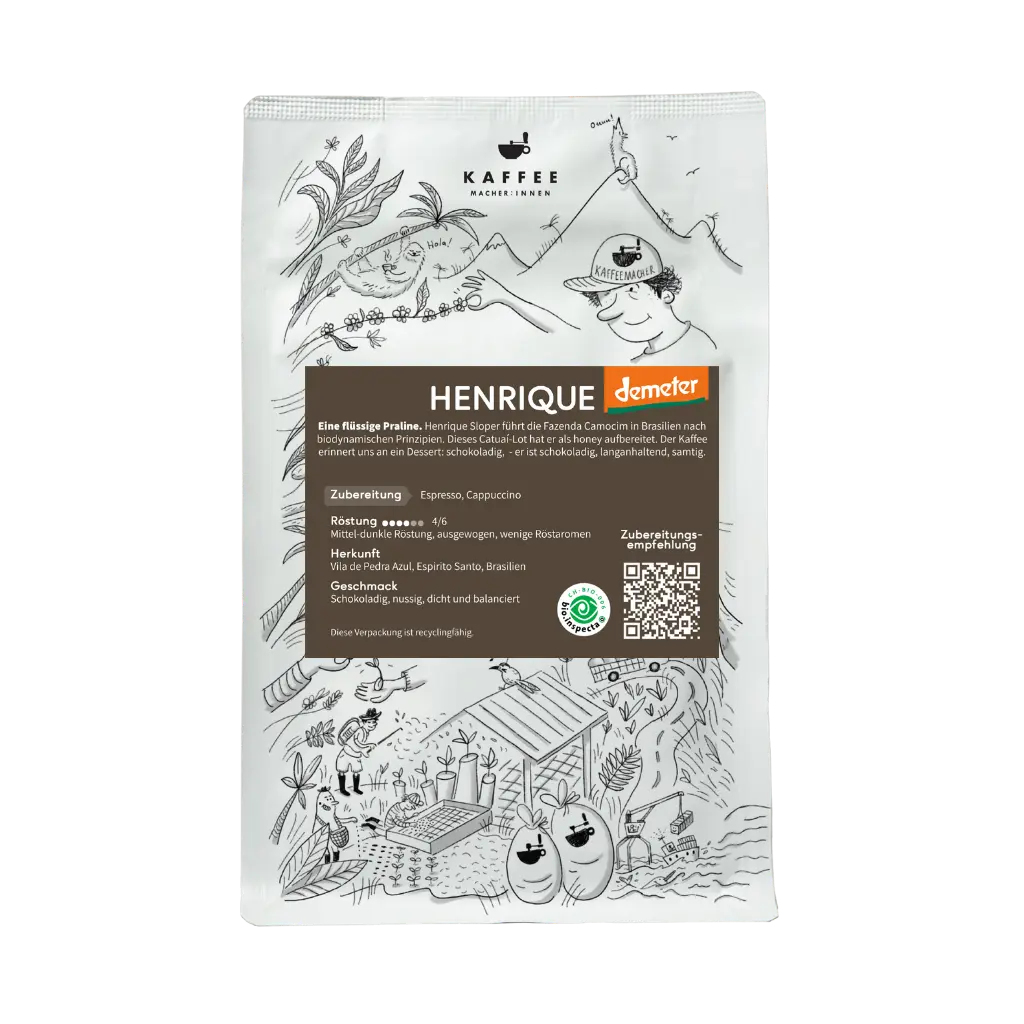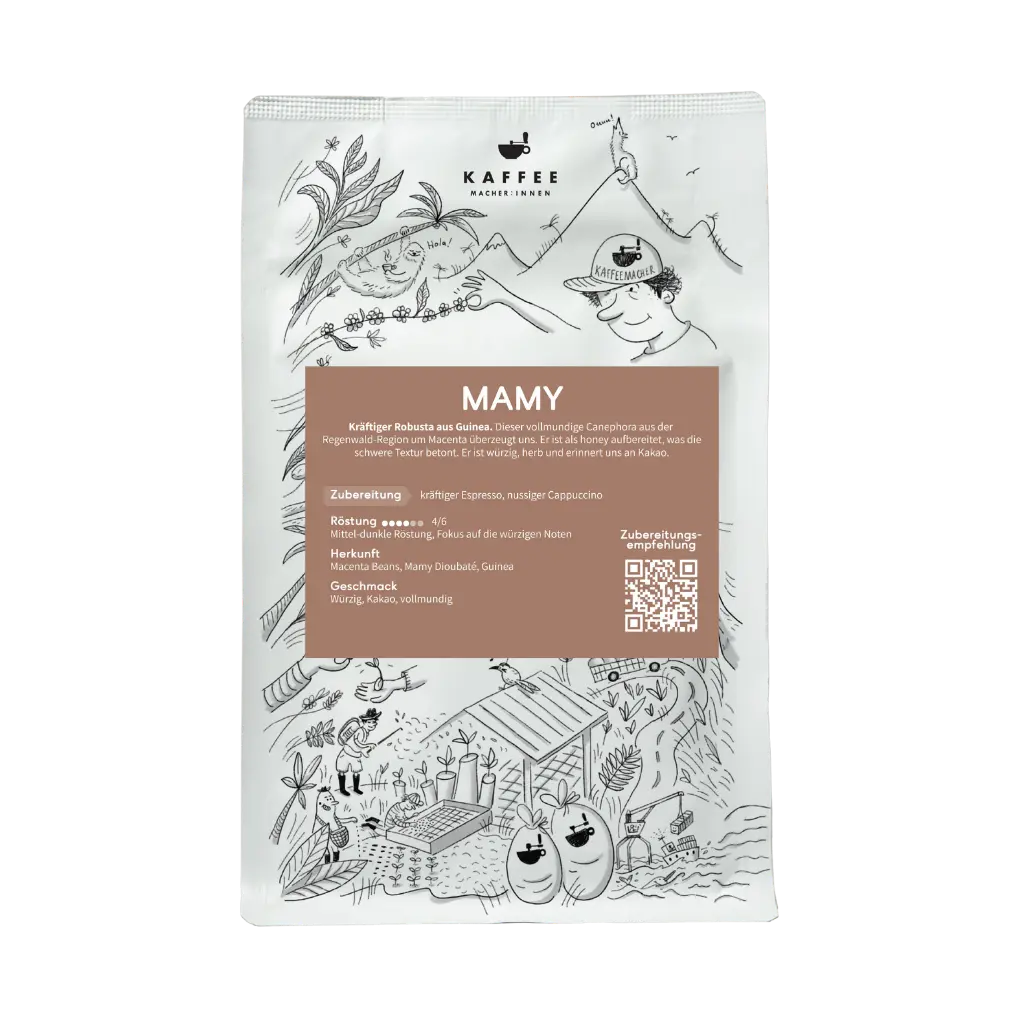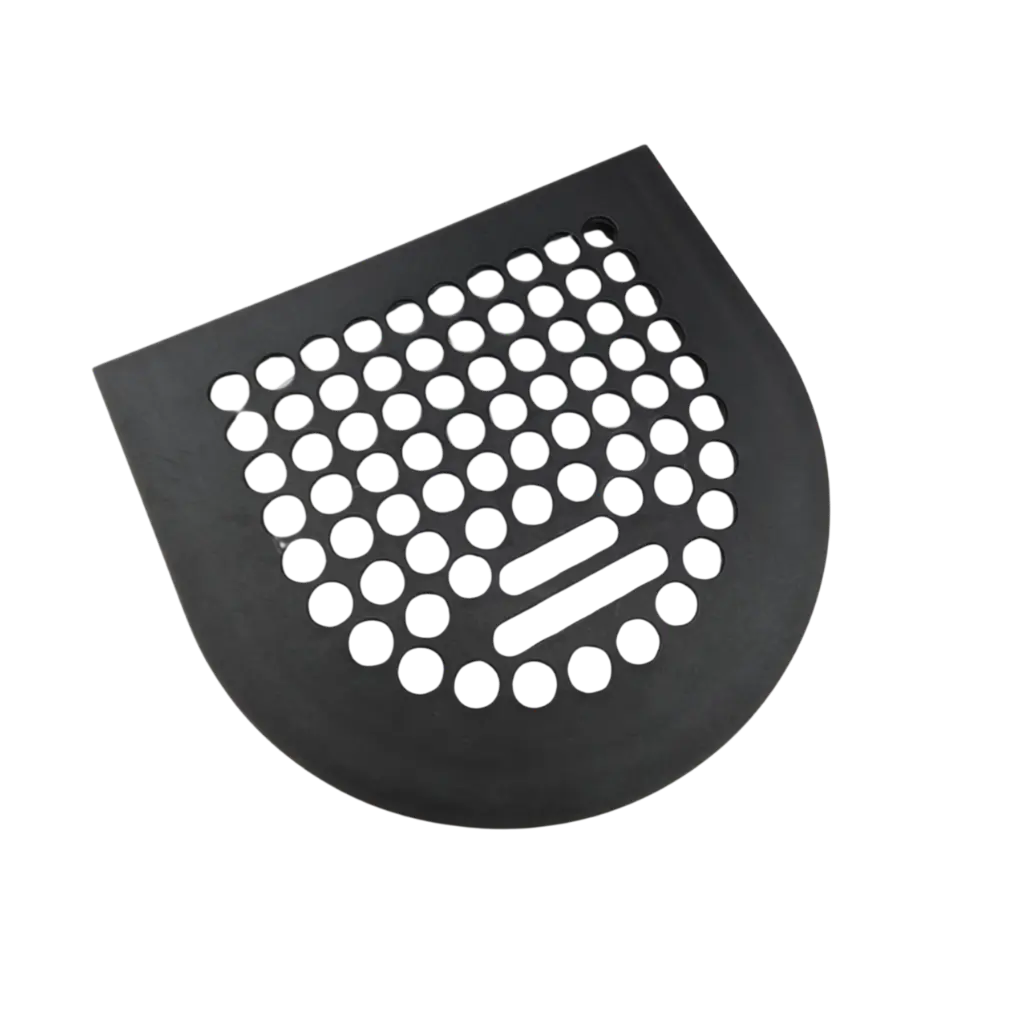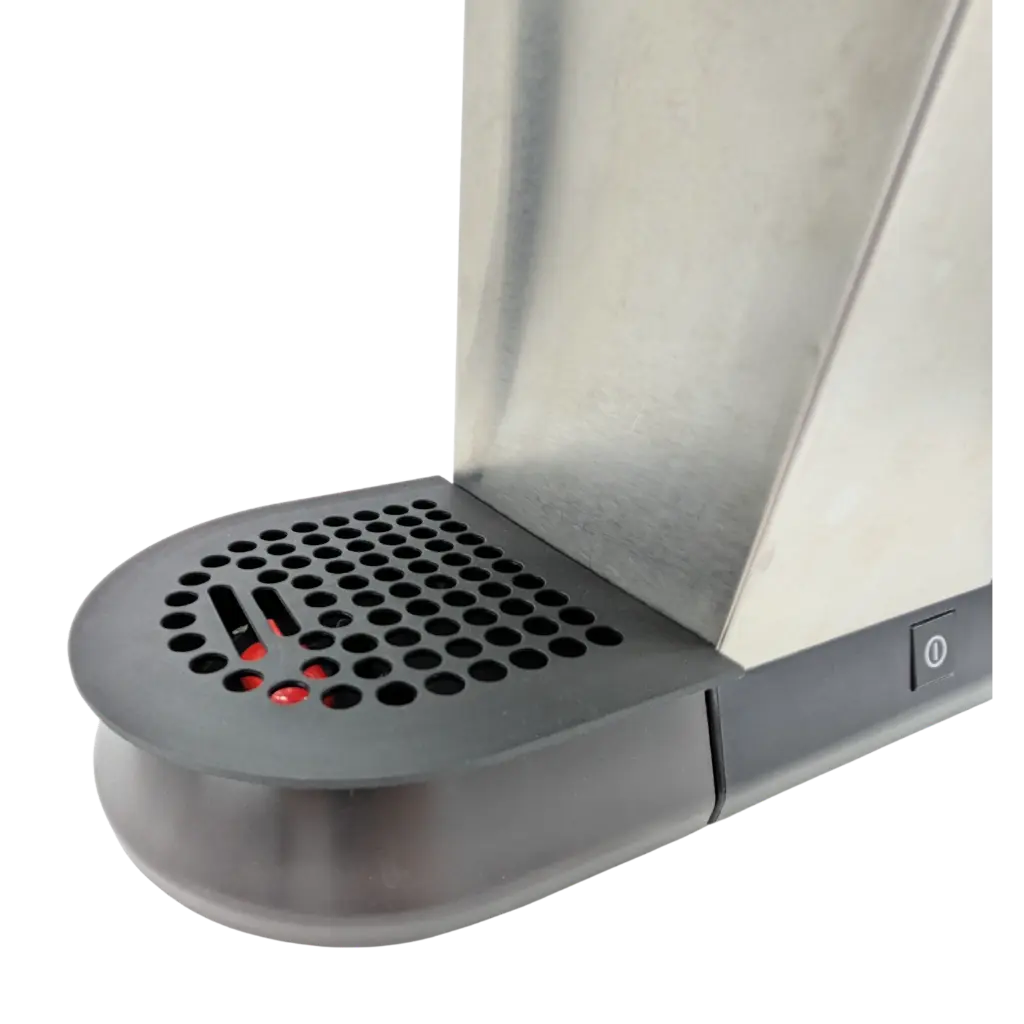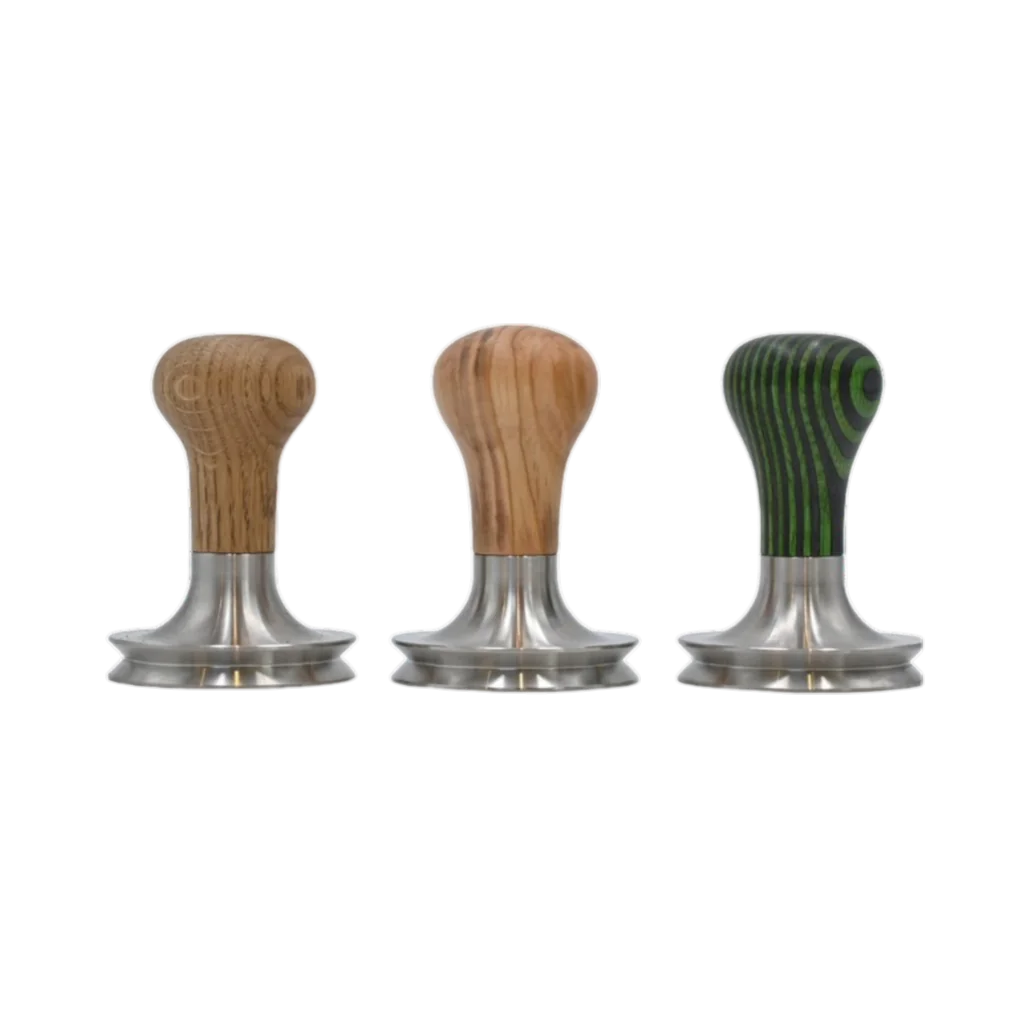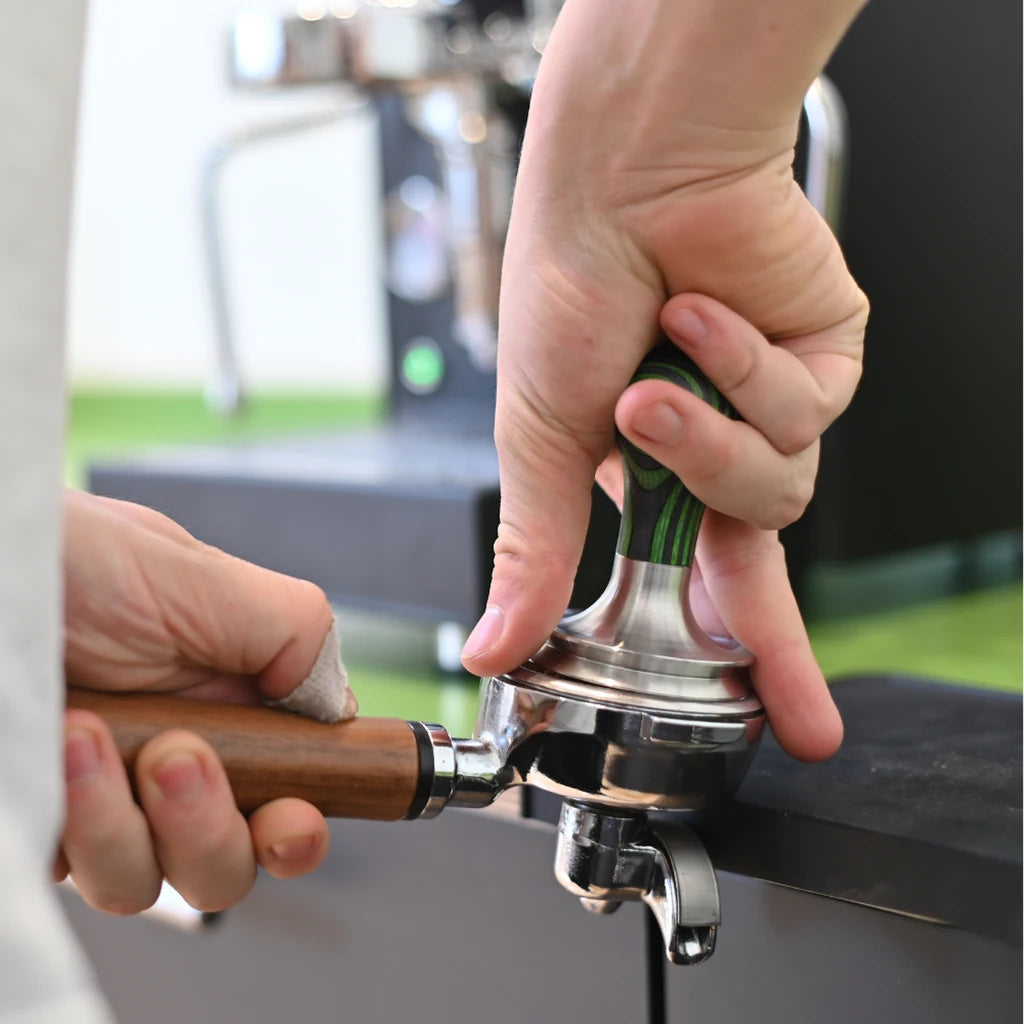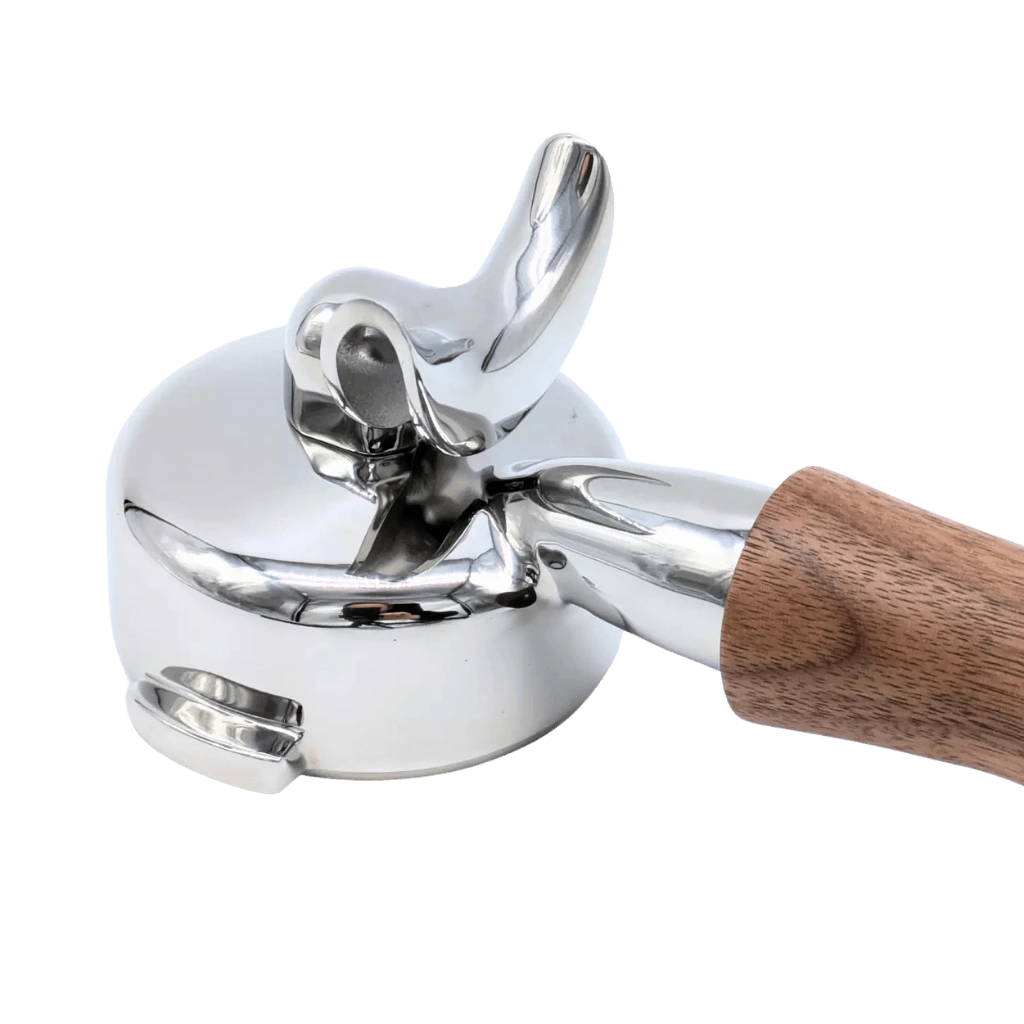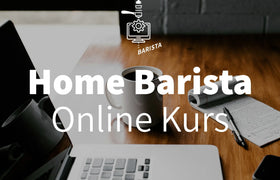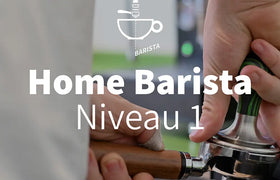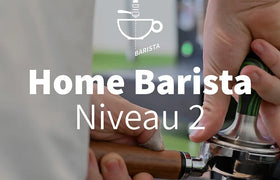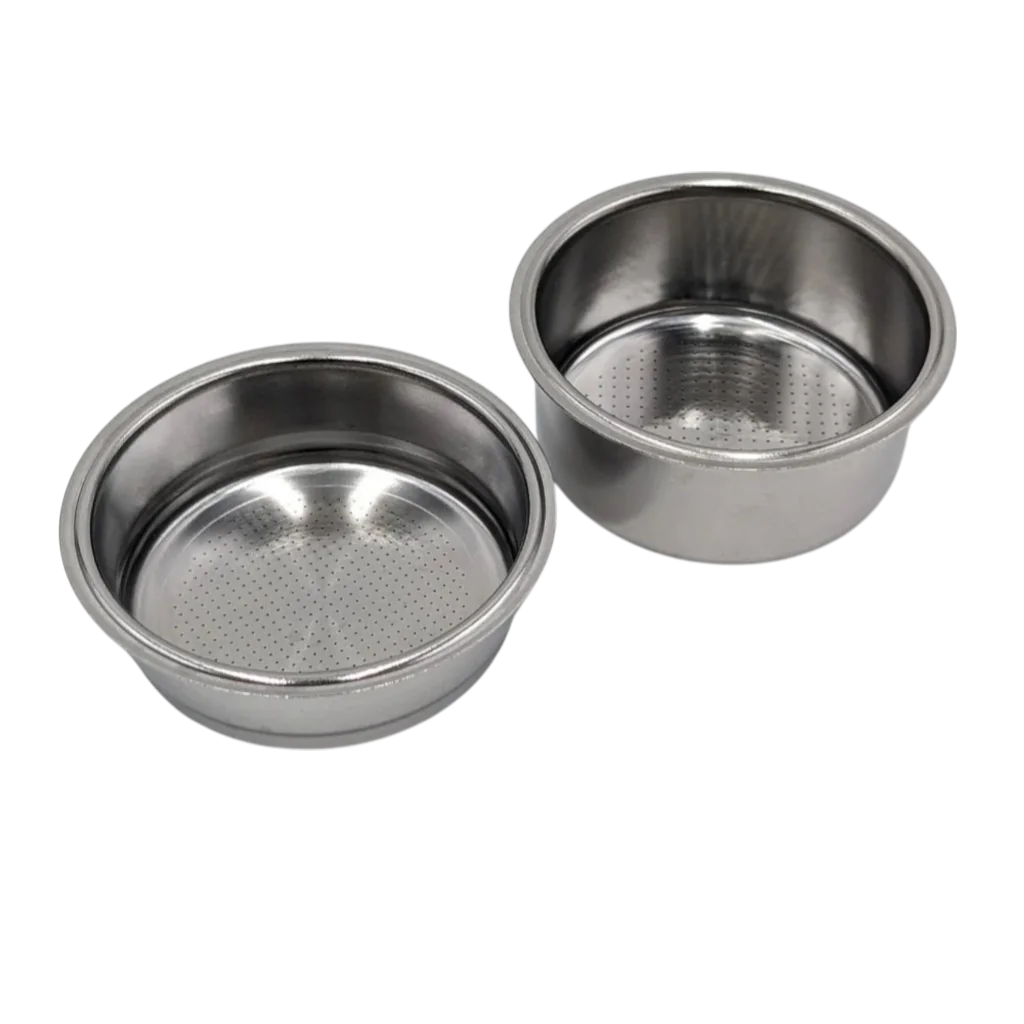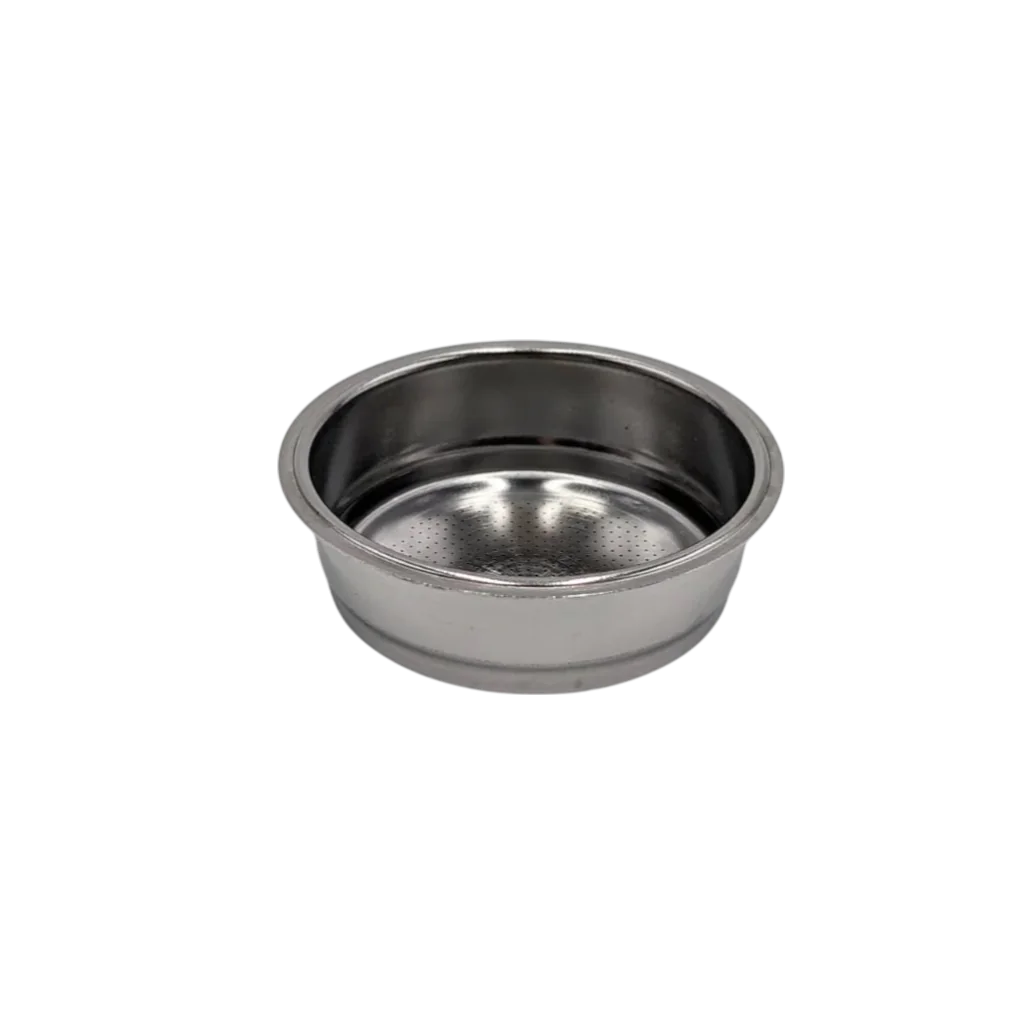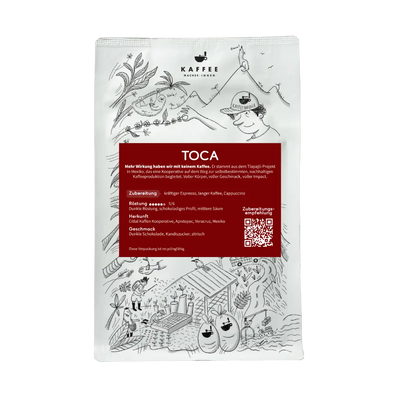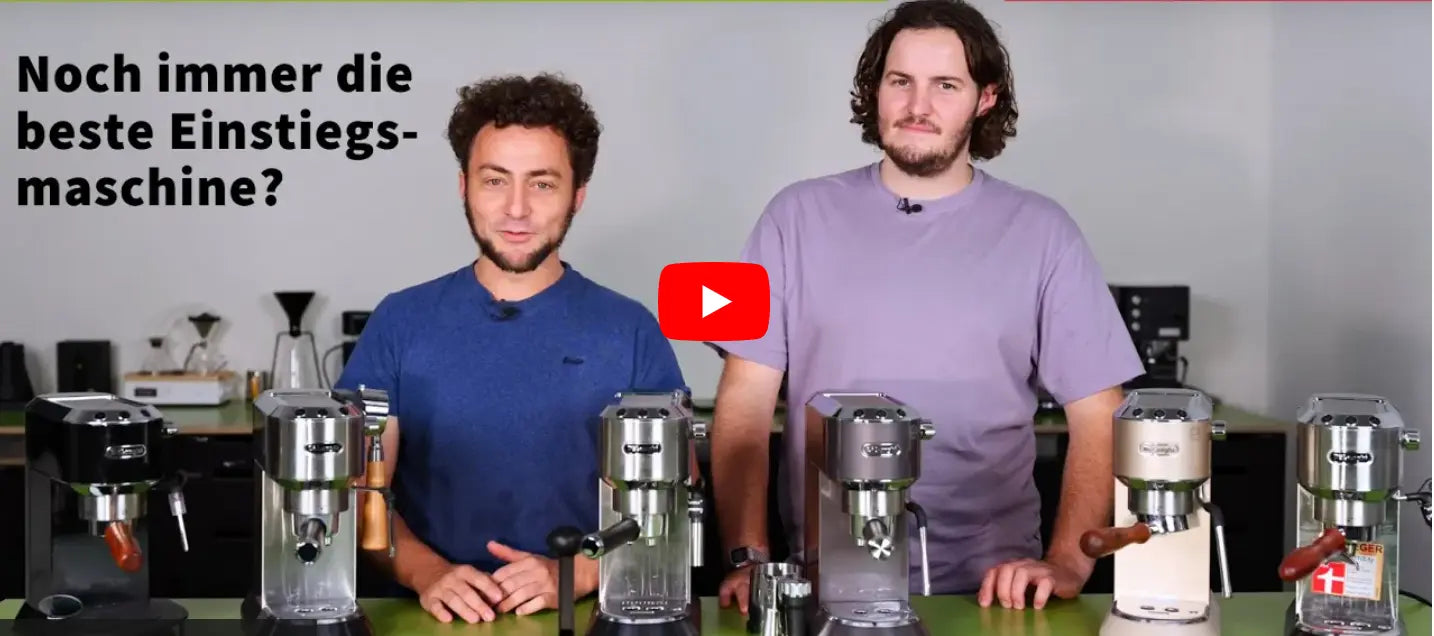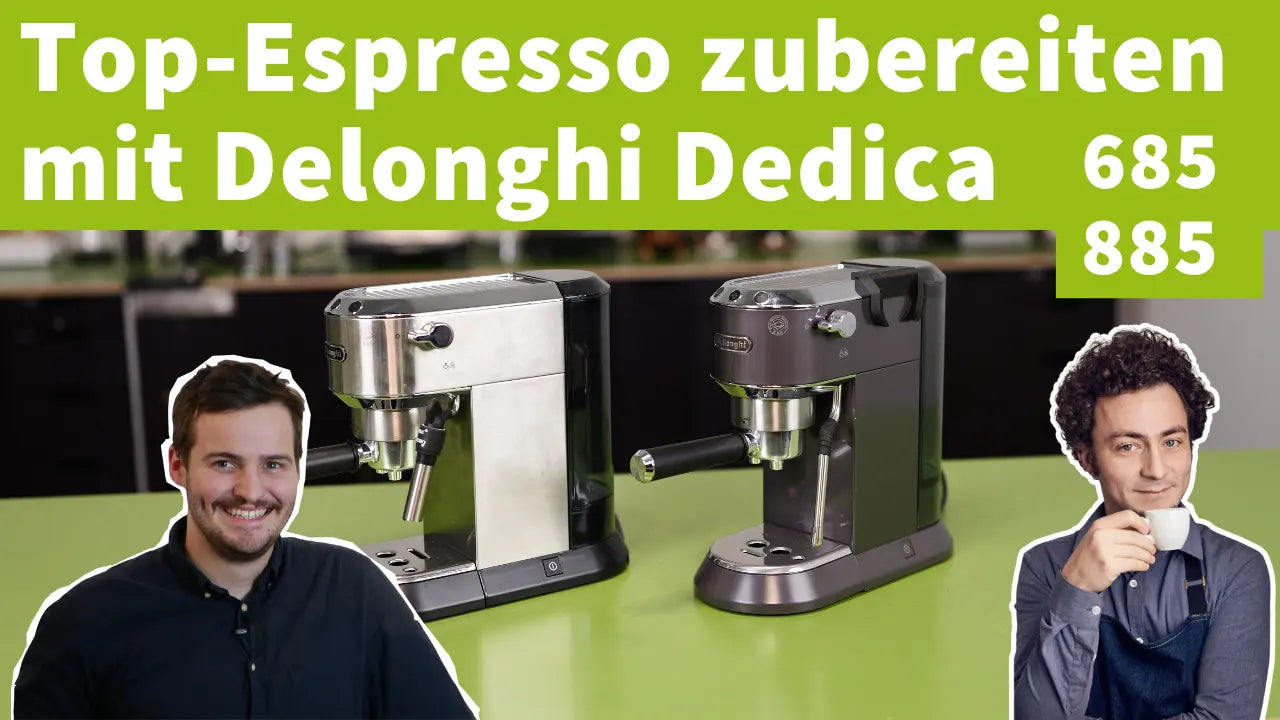Finding the right portafilter machine
Reading time: 5 minutes. This article is a short blog. You can find the detailed blog article here on our Swiss site.
In this article we will help you find the right espresso machine for your needs. That's why we work on the different systems that you can find on the market to bring you the perfect machine as a cappuccino drinker as well as an espresso purist.
How the single-circuit espresso machine works
The single-circuit machine, as the name suggests, only has one water circuit. This means there is a boiler in which the water is brought to brewing temperature. For the espresso 90° - 96°. However, if you want to make milk foam afterwards, you will need steam at around 120° - 130°. That's why you have to heat up the boiler after making espresso until it can produce steam. After frothing the milk, the machine must be cooled down to the brewing temperature again.
The temperature of the water plays a crucial role when making espresso. Above 100° the espresso becomes unpleasantly sour and bitter. The temperature when foaming is just as important. If the water vapor is too cold, there will be too much liquid water in the milk and you will not get a good result and even watery milk.
Does the Einkreiser make good espresso?
Yes! Properly prepared, an espresso from a single-circuit machine tastes just as good as from a machine that costs thousands of euros. To do this, you need to know your machine well and know when it is at the right temperature. Here are the pros and cons:
Pros:
- Makes good espresso when the temperature is right
- Already available cheaply
- There are small models
- Can also be used for milk drinks
- Heats up relatively quickly
Cons:
- You have to be very concerned with the function of the machine
- Temperature management necessary
- High energy consumption
- Although they are cheap, they are only partially suitable for beginners
- The small boiler is not very constant in temperature
For pure espresso drinkers or milk drink lovers who really want to get to grips with the matter, it's worth taking a look at a single-circuit machine. Please note that this technology does not result in particularly low energy consumption.
For example, you can use the Lelit Victoria PL91T, Gaggia New Classic, Bezzera Hobby, Lelit Grace PL81T, Lelit Anna PL41 LEM, ECM Classica PID, Bezzera Unica PID, Quick Mill Carola, Rancilio Silvia.
How the Thermoblock espresso machine works
The Thermoblock is an emerging alternative on the portafilter machine market. Instead of a heated boiler, the water is heated with an instantaneous water heater. Because no large amount of water has to be heated, the machine is ready for use very quickly and has significantly lower energy consumption.
The temperature stability varies greatly between different manufacturers. The challenge is the continuous flow principle. If you get a lot of espressos in a short period of time, there is a risk that the water heater may not be able to keep the temperature constant due to the much cooler water. However, if the water runs too slowly (the powder is ground too finely), it will heat up too much. However, with larger thermoblocks, this problem is less or even non-existent.
Unfortunately, some thermoblock machines also have poor milk foam performance. This means that frothing milk can be mastered with less pressure and steam than with boiler machines.
But here too there are positive examples such as the Sage Bambino Plus or the 2022 version of the Ascaso Steel Duo PiD .
Pros:
- Fast heating
- Low energy consumption
- With the right setting, good espressos are possible.
- Hardly any lime
- Relatively cheap
Cons:
- Temperature fluctuations
- Not ideal for frothing milk
If you focus on quick heating times and low energy consumption, you should consider a thermoblock machine. Here are some examples: Sage Barista Express, Sage Barista Pro, Lelit Glenda PL41, Quick Mill Peagso, ECM Casa V, Lelit Kate PL82T, Ascaso Steel Duo PID, Ascaso Dream PID, Sage Bambino Plus
How the dual circuit espresso machine works
Dual circuit machines have two separate water circuits. There is a boiler that is constantly heated to 120°-130°. This is used for frothing milk. A pipe flows through this boiler through which water is drawn for brewing espresso. It is heated by the heat of the boiler to its target temperature of approx. 90°-96° degrees.
With a two-circuit system, milk frothing is fun! Enough pressure and no warm-up time after making espresso. You can even make espresso and milk froth at the same time. These machines are also suitable for larger coffee groups because you can prepare several cappuccini in a row.
The temperature is usually very constant. However, rinsing between espresso brews is important in order not to prolong the time the water stays in the flow tube too long. Otherwise you run the risk of “burning” the espresso.
Pros:
- Good espresso performance, good foaming behavior
- Make foam and espresso at the same time
- Good temperature stability
Cons:
- More expensive than other systems
- Very high energy consumption
- Homebarista machines are not suitable for the catering industry!
Espresso lovers who are willing to spend a little money on their hobby will be happy here, as will cappuccino lovers. However, the high energy consumption when enjoying coffee is painful and is no longer appropriate for one espresso a day. Example machines are: Bezzera BZ10, Quickmill Rubino 0981, Bezzera Magica SMN, Bezzera Strega R AL, Profitec Pro 500, ECM Mechanika V, Elba 1 and 2, Rocket Appartamento, Lelit Mara X, Rocket Cronometro Mozzafiatto, Sanremo Cube
PID control and rotary pump
Some machines are offered with a so-called PID control (Proportional Integral Differential). This allows you to precisely adjust the steam and/or brewing temperature. A rotary pump can also be a great update to the machine. It is quieter and more powerful than a vibration pump.
Dual boiler espresso machine – function and application
Dual boilers have two boilers, one for brewing espresso and one for frothing milk. So you no longer have to adjust to temperature juggling, but you always have the right temperature.
The stability of the temperature, which is regulated by a PID control inside, becomes apparent when you make many references in a row. The dual boiler machines master this discipline brilliantly.
Frothing milk also works well. Even if you want to treat a football team to cappuccini, the pressure remains constant and good. That's why dual boiler machines are also suitable for semi-professional use. They can be operated with a normal socket, but can handle small catering events or large family gatherings. Machines like the La Marzocco GS 3 can even be used in cafes.
Pros:
- Precise brewing temperature
- Great milk foam result
- Can be used for semi-professional applications
Cons:
- Highly priced
- Very high energy consumption
- Dual boiler does not automatically mean PID or rotary pump. Read carefully!
Proven dual boiler machines are: Profitec Pro 300 Dualboiler, La Spaziale Dream, Bezzera Duo Top MN, Quick Mill New Vetrano 2B, Rocket R58/Cinquantotto, Bezzera Matrix, ECM Synchonika Dualboiler, Dalla Corte Mini, La Marzocco GS/3, La Marzocco Linea Mini
Espresso grinder as a basic requirement
Here too, it should be noted that an espresso machine is only as good as the grinder with which the beans are ground. Only homogeneous and perfectly ground coffee grounds can produce a tasty espresso. A €5000 espresso machine should not be accompanied by a €300 grinder. We recommend planning 1/4, or better even 1/3, of your budget for a good, solid mill!
